Plant life returns thanks to blanket peat restoration
I return to Fleet Moss in the height of summer with Yorkshire Peat Partnership
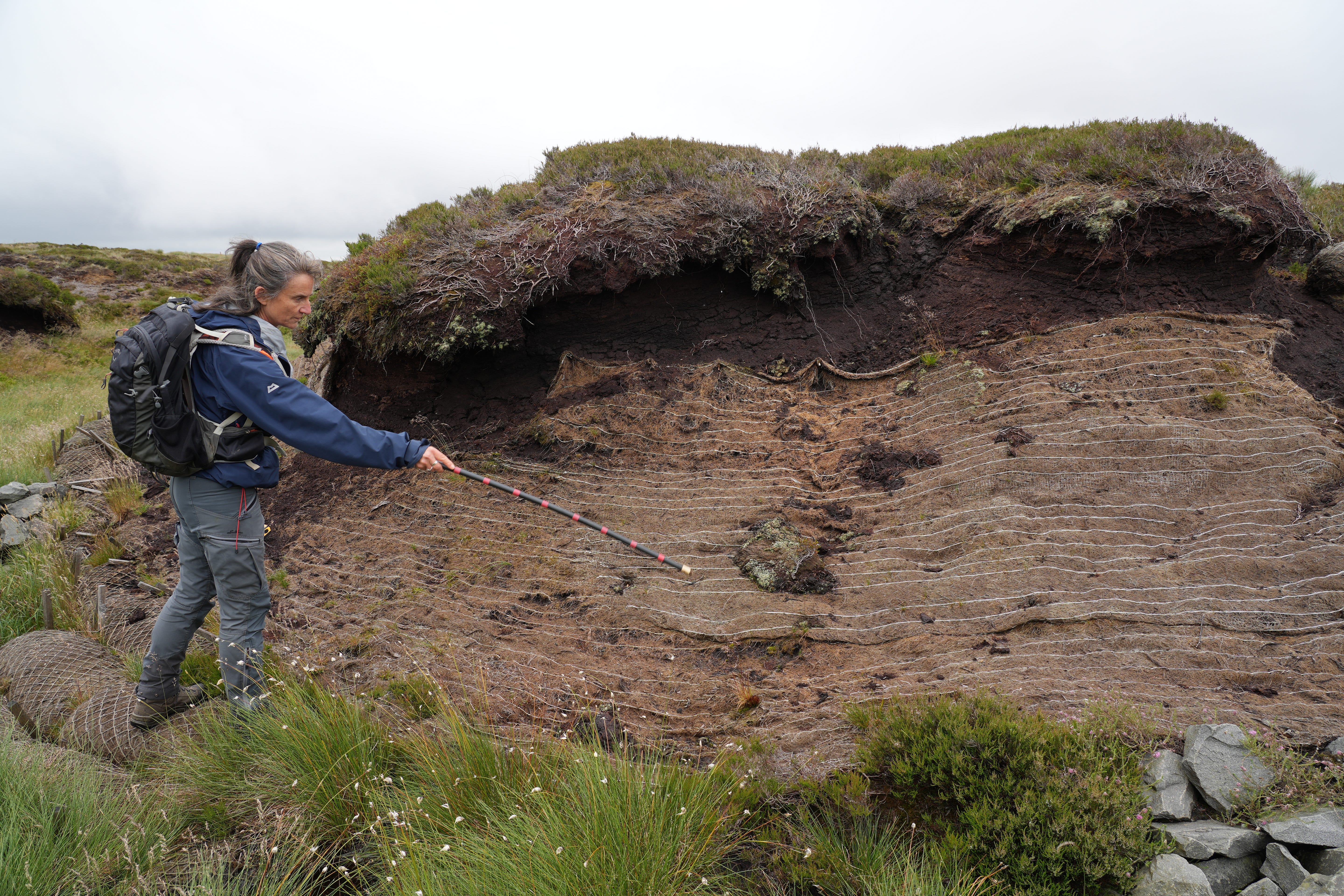
“I’ll follow you,” I say to Jenny Sharman of Yorkshire Peat Partnership, conscious I’d forgotten my wellies, which are always sensible on a waterlogged peat bog.
Jenny’s been looking after this bog for the best part of a decade, helping steer the restoration of this badly damaged peatland in North Yorkshire. The team, supported by paid contractors and a large number of volunteers, has worked wonders to stop further erosion and then to encourage plant life back to the exposed peat.
I’ve been invited back to Fleet Moss to witness the progress since my first visit and to see peatland in the summer while it’s in growth. Improvements are obvious, there is far more plant life and far less bare peat.
Where the flow of water has been slowed down by a series of stone, wood and coir bales that form permeable dams, plants have naturally repopulated the peat. Most noticeable are the sides of the deep gullies, which were caused by run off initially, started by much smaller drainage ditches dug by people.
“We’ve been re-profiling the peat to reduce the angle of the slope, slowing degradation to allow plants to grow,” says Jenny.
“It shows, they were completely bare peat when I visited last time,” and it’s a wonderful thing to see. While the meters of lost peat will take centuries to build up, the restoration is working.
I feel a sense of relief, thanks to Yorkshire Peat Partnership and the work they are doing it is working. Further evidence is visible with the clear distinction in plant growth on newly restored areas next to older patches and the original top layer of growth.
The problem is, peatland restoration is a longterm game.
“If we can slow and restore the water levels, it gives a chance for the sphagnum to establish,” Jenny explains as she leads us around, talking about the moor she’s grown to love.
“Over there’s a beautiful bale with bedstraw establishing on it,” she points out, “it’s a joy to see, this is what happens, if the conditions are right, the plants begin to spread naturally.”
One of our group, who works for Yorkshire Wildlife Trust, soon spots a brightly coloured lichen among the mosses. We’re all face first in the mosses and I’m glad to be back in this world on a different scale. At one time vast and impossible to take in, and yet tiny and jewel like. A miniature world of unusual life. There’s something about the different scale and time up here that changes my mindset.
Jenny leads us to a patch of sundews, Drosera rotundifolia.
I still get as excited about them now as I ever have, stooping down, careful not to tread on any, I mention “I grew lots of carnivorous plants when I as a boy and it was only later I discovered they grew in the wild in the UK - it blew my mind. It still blows my mind.”
The minuscule plants sit in a shallow damp depression, surrounded by moss and sedges. The unmistakable round lime green leaves with their contrasting sticky hairs waiting to catch small insects.
Lyndon Marquis, who also works at Yorkshire Peat Partnership, points out at that they are actually in flower, their tiny inflorescences held on a vertical stem above the traps.
“Oh, there’s a cloudberry!” says Jenny excitedly, a tiny plant hangs on a small hummock of peat that resembles an island surrounded by the lower degraded areas. Rubus chamaemorus is a bog dweller related to bramble, producing orange berries that are edible.
“That’s interesting how it’s spreading, is it by root or seed, do you think?” I ask.
“Yes, it looks by root, from the pattern it’s taking.”
We spot bog asphodel too, Narthecium ossifragum, their yellow star-like flowers held on vertical small stems. Jenny and I spend a few minutes admiring a few at the base of a gulley wall where they’ve been able to establish thanks to the team’s work using jute netting and the various dams. Without them, many of these small plants would simply wash away in heavy rain.
As we walk across the spongey surface, trying to avoid treading on the spaghnum mosses, Lyndon points out the cotton grasses.
“Common cotton grass has multiple tufts per stem, while hare’s tail has one tuft per stem.”

Jenny shows us various different types of spaghnum moss, explaining how they behave and grow differently.
“You can see that some grow behind the coir bales, they don’t like running water, they need still areas of water. While other species are happier in slow moving water. They all like marginally different conditions.”

Tiny tufts of glowing emerald green club mosses catch our eye, reminding me of the architectural shape of cacti or succulents.
A beautiful pale pink flowered cross-leaved heather too, Erica tetralix, which is a good type of heather that naturally occurs on wetter peatland. As opposed to the common heather that grows on drier peat that has been artificially drained.
Around us the calls of a golden plover, lapwing and curlew sound out. Evidence of owls. A baby frog crosses our path. Acid loving fungi of various species are growing here there and everywhere. A place filled with life returning, but it is all so fragile.
At 102 hectares in size, Fleet Moss is a huge and seriously damaged peatland. Its restoration has begun, thanks to Yorkshire Peat Partnership, but it needs funding to keep the work going.
“Peat restoration isn’t a fix it and leave it task,” explains Jenny, “it involves ongoing work to raise and repair dams, to try something new where restoration hasn’t worked.”
Yorkshire Peat Partnership relies heavily on funding to pay for contractors to instal and repair dams, grade the steepest gully slopes and add bales and jute matting. Over its hundred hectares of impossibly difficult terrain, miles and miles of dams have been added, and these will all need maintenance for decades to come.
“Here you can see spaghnum has established, this area will be sequestering carbon again,” Jenny highlights one of the big wins for peatland restoration. In addition to helping wildlife that live in these rare and precious places, peatland absorbs atmospheric carbon, locking it away in banks of peat made from dead plant life because it can’t decompose in the waterlogged conditions.
Over the years I’ve been heartened to see awareness of peatland’s importance gain wider awareness, I just hope we keep going. It would be so easy for a project like Fleet Moss to miss out on funding, preventing dams being repaired or raised, leading to run off occurring that could instantly wipe away good work the team has achieved.
Many of us recognise the importance of peat restoration, for nature and us, it’s time to permanently secure its future.
“Just one more photo,” says Jenny as she documents a key area of restoration, and I feel the pull too. To stay and help this beautiful habitat.
Learn more about Yorkshire Peat Partnership’s projects and how you can help raise awareness of their importance on their website.


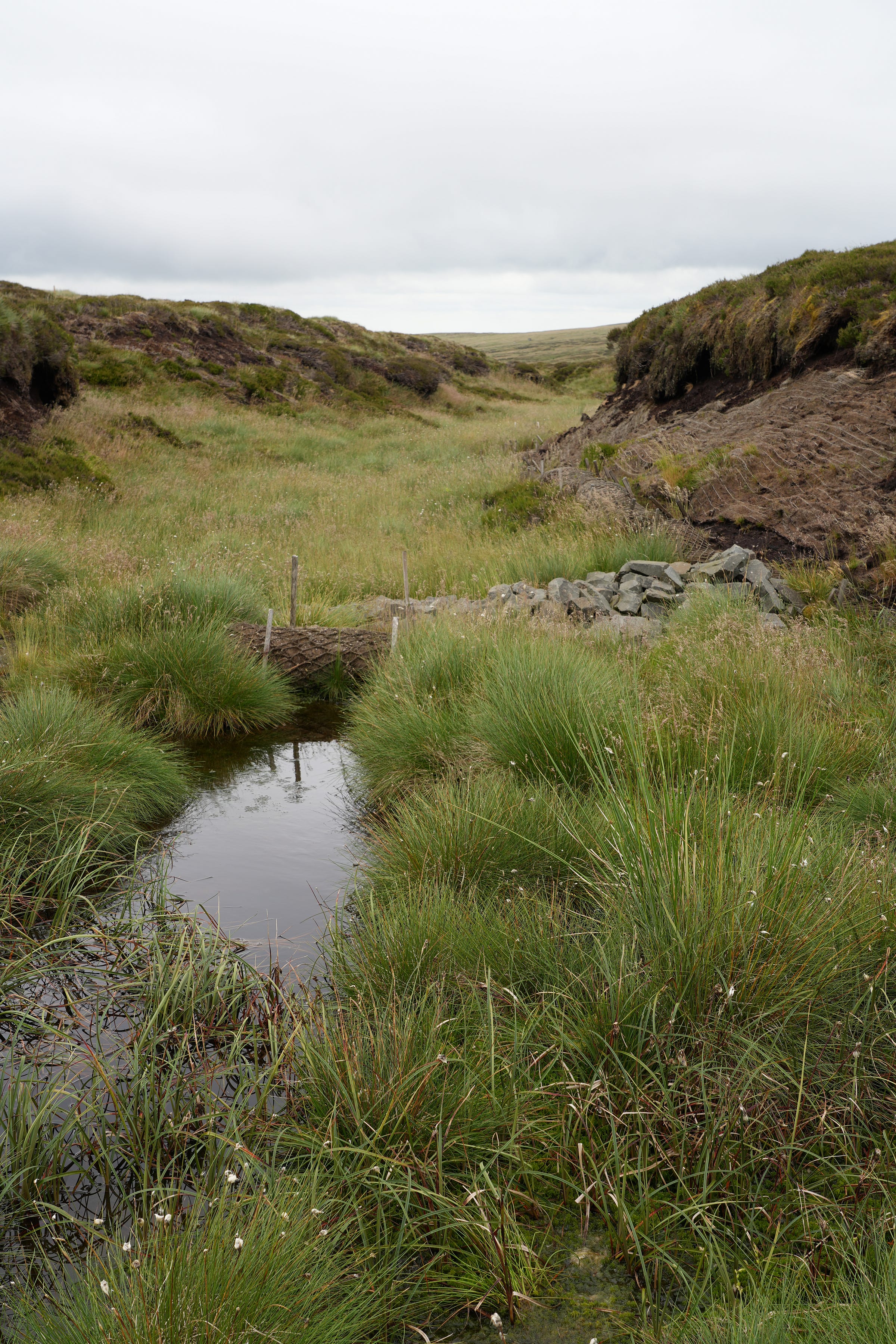
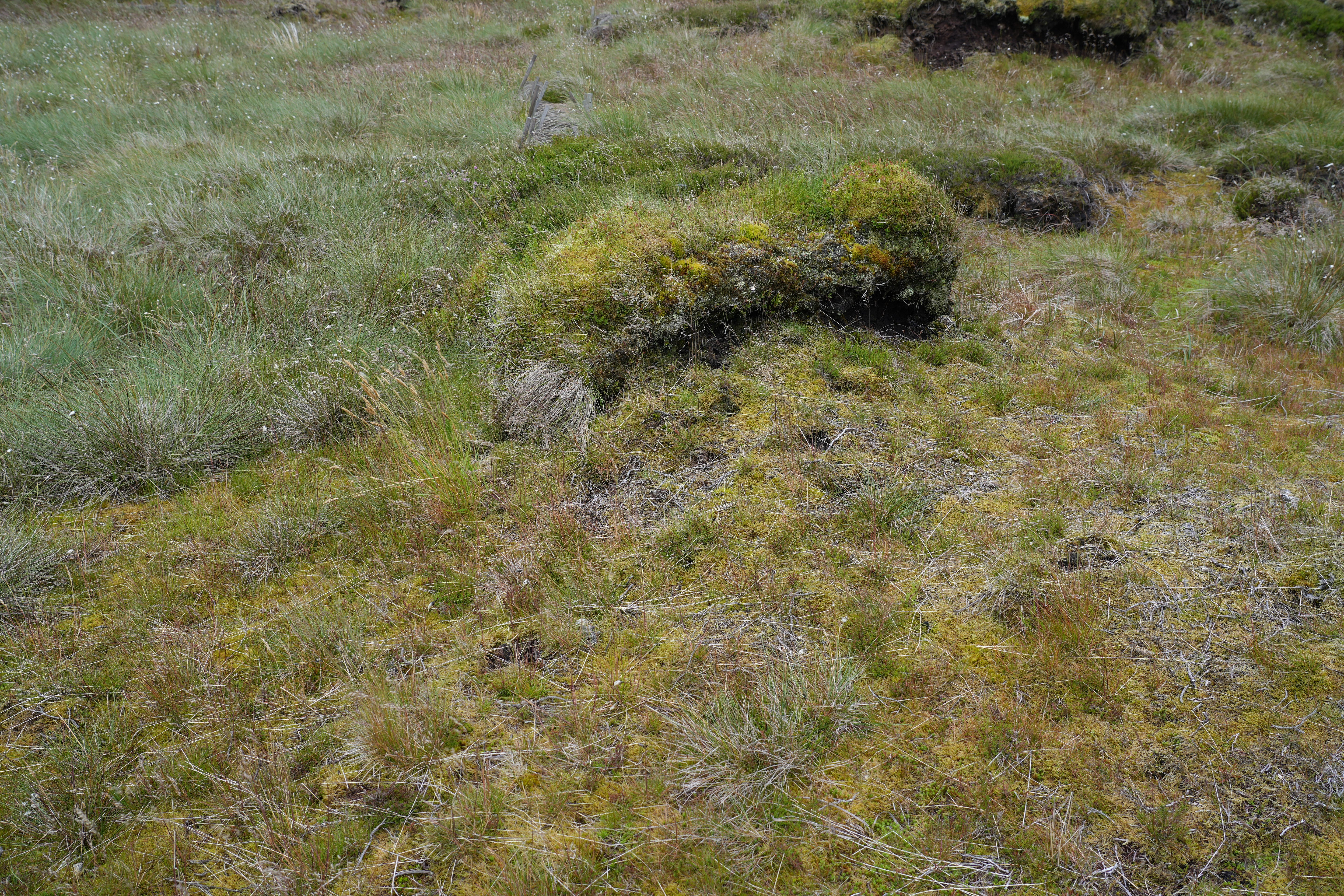




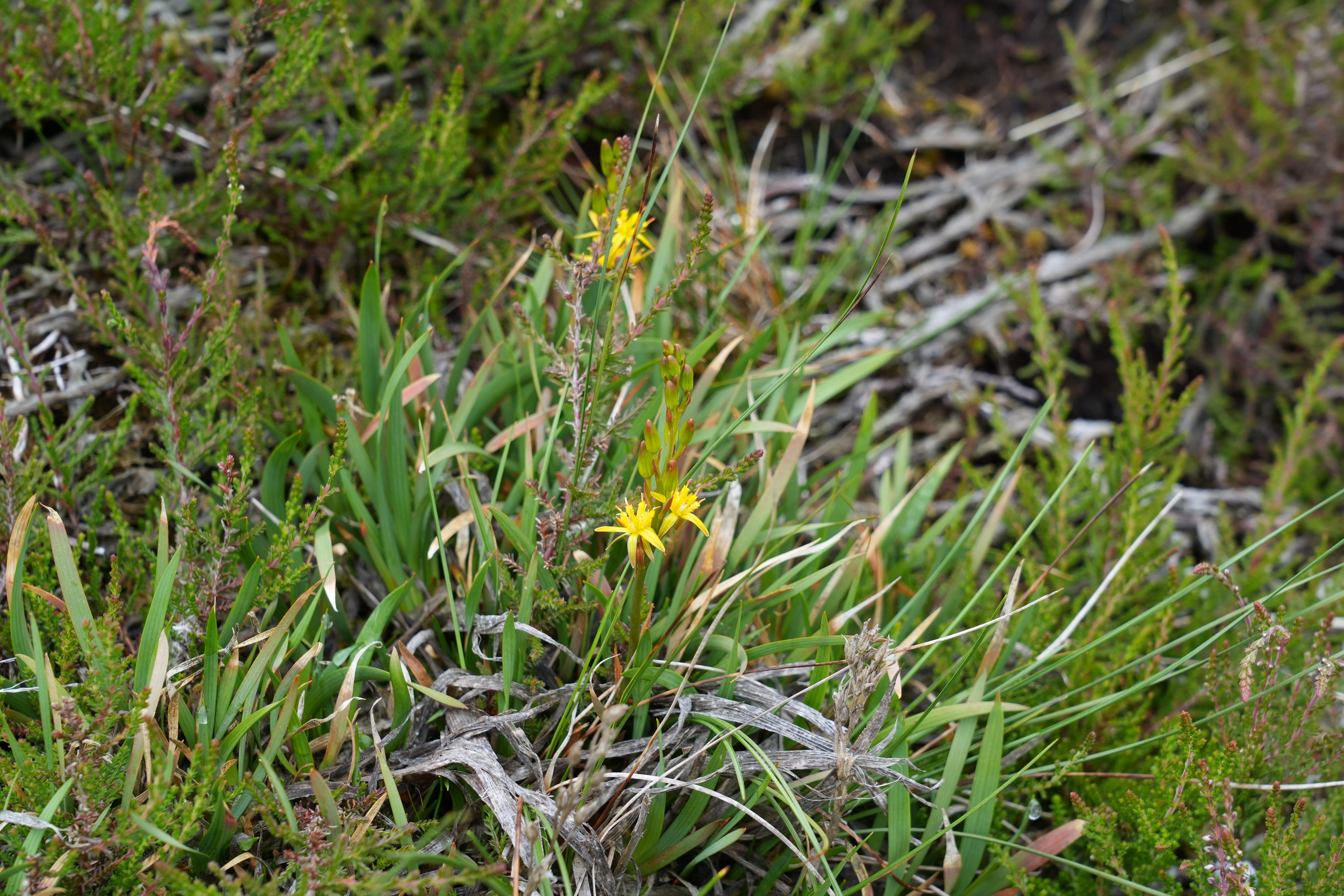


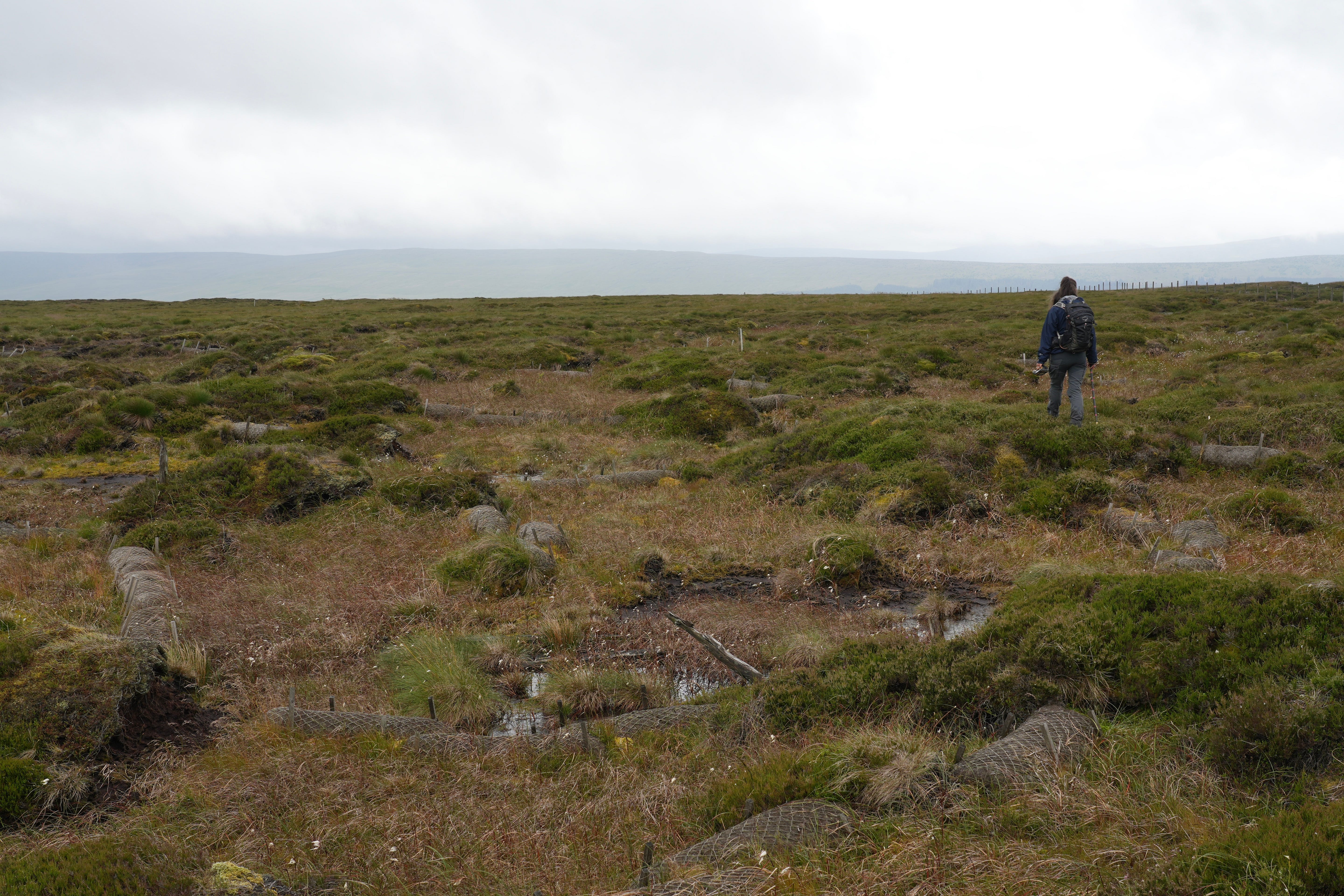

My 8 year old is obsessed with carnivorous plants. He has a collection of them in his bedroom. Weve soent weeks roaming for miles on foot trying to find them (Calderdale) as yet no luck. I’m learning to drive and once I can drive we shall be searching further afield to make his dream come true of finding a butterwort or sundew in the wild. Hes really got me interested in peat habitats and I’m noticing how drained and dry the moors are locally. Thanks for your work in highlighting and restoring bogs and fir this interesting article
The YPP is such an inspiring initiative, and I’m thrilled to see Yorkshire Wildlife Trust’s work getting the recognition it deserves! When I was working in the Peak District, restoring peat on Kinder Scout, we often looked to YPP’s innovations, especially their brilliant techniques for revegetating steep-sided gullies. The use of jute ropes is so simple yet ingenious. I’ve often thought how fantastic it would be to trial degradable ropes made from sheep wool and it would be a great way to involve and support local sheep farmers too. Thanks for celebrating their work Jack!